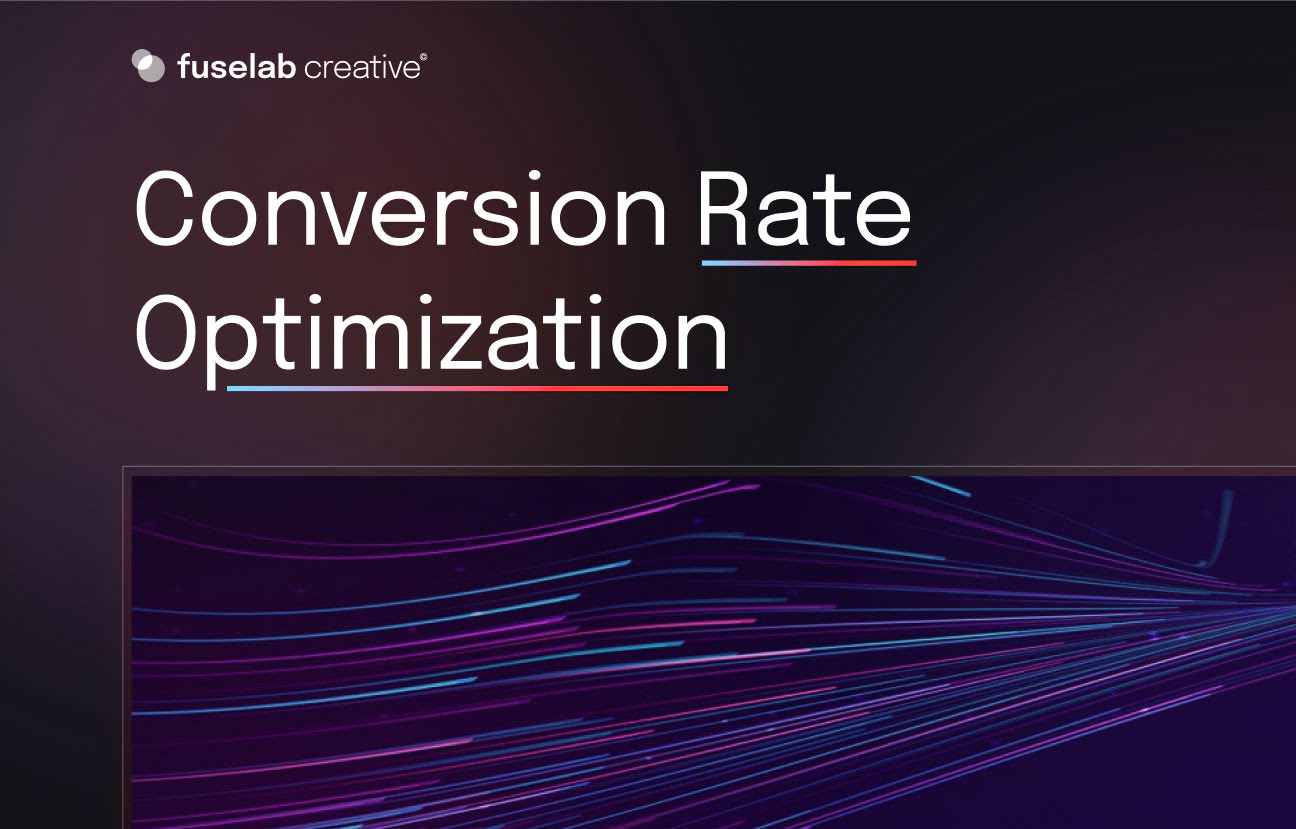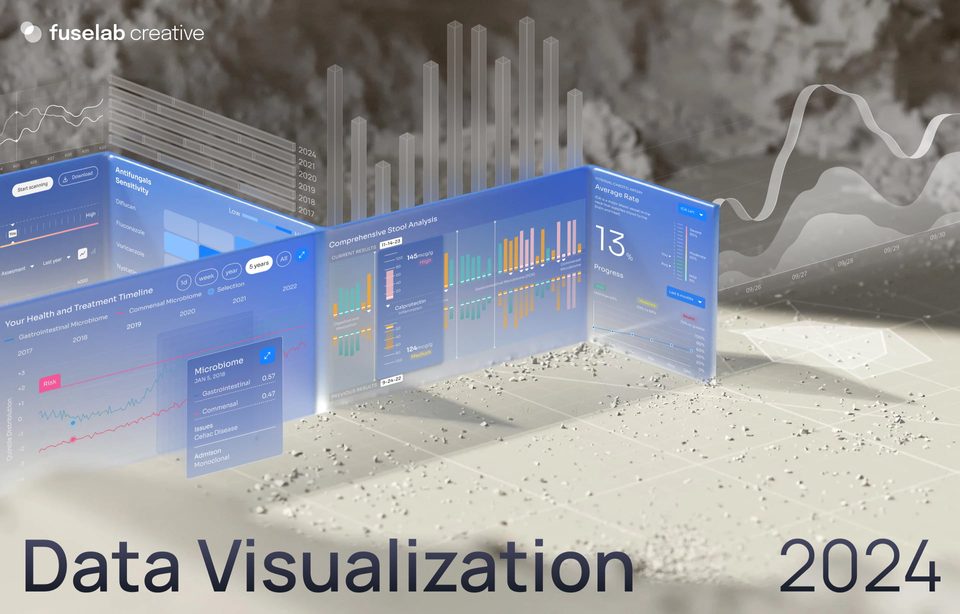Conversion Rate Optimization

While many people will remember 2020 as the “Year of COVID-19,” marketers and business owners running online businesses might come to think of 2020 as the “Year of the Conversion.”
Despite online traffic dipping and then stalling for a bit before rising again, though not to pre-COVID levels, online retailers are reporting a steady and even rising rate of conversion for both essential and non-essential goods.
What’s more, 45% of consumers already agree that online shopping will continue to be a necessity for them as they live their daily lives through lockdowns and restrictions.
As a sign of the times, Instacart hired more than 300,000 full-service independent contractors for their grocery delivery services in response to a demand that rose to 150% in the first quarter of the year. So we may not all have immunity from the coronavirus that sprang up earlier this year — but conversion rates sure did.
And that also makes 2020 the “Year of No Excuses.” Instead of putting off conversion rate optimization activities, savvy businesses turned their attention to activities like A/B testing, message resonance, and data-driven, personalized offers to win new customers and retain existing ones.
What Is Conversion Rate Optimization?
As a data point, conversion rate optimization can tell you a lot — about your visitor’s awareness or familiarity with your brand, the efficacy of your copy, the user-friendliness of your website, and the quality of your offer (or products).
That’s why the goal of “optimizing” your conversion rate can seem like such a daunting ask — it requires you to not only address multiple interrelated and moving pieces at once but also to have tools set up to capture data that can give you a clear direction for improving and optimizing.
But let’s get one thing straight, right away: the “job” of optimizing these keys or sources for your conversion rate is a task akin to human development — always in motion, never over.
And that’s because conversion rates, numerical and quantitative they may be, simply present a snapshot of what humans — i.e., your customers or users — want from you, the retailer or service provider.
When you present your customers with language, incentives, or a user pathway specifically designed to persuade them or drive them to take a particular desired action, you get them to convert.
The “rate” at which they do so is simply a percentage of the number of visitors who take this action versus the total number of visitors landing on your website or landing page.

The distinction of “desired” action is really key here because it doesn’t make much of a difference when your customer signs up to your newsletter when what you really want them to do is contact you or add an item to the cart.
Desired actions set a clear goal for conversion rate optimizers, who can then zero in on obstacles to conversion or opportunities for incentivizing visitors to take that particular action.
4 Keys to Driving High Conversion Rates
To increase conversion rates, business owners who operate online need to address four distinct areas. These techniques help contribute to conversion rates in one important way: they smooth out and eventually eliminate obstacles to a visitor or user taking a particular action.
That’s good news because it means that visitors today have more of an expectation, even a need, to be sold to. In other words, they want the sale and they’re familiar with the persuasion. All you need to do is eliminate any objection or fussy, overcomplicated website design or messaging mismatch that might deter them from taking action.
1. Data Analytics
Data plays a key role in conversion rate optimization. When a visitor lands on your website, sales page, or landing page, they take a series of actions and decisions that guide their journey through the site.
For example, when a user scrolls down a sales page, they may hover on certain parts (such as testimonials) while speeding through others (like the product features, for example). They may hover on the “Add to Cart” or “Buy Now” button but never actually click.
Or, they may never even make it to the end of the page where the “Buy Now” button sits, which tells you that your copy, offer, or navigation wasn’t tantalizing or smooth enough to persuade them to take action.
A simple installation of a heatmap tool can help you capture these user behaviors and give you insight into your visitor’s decision-making. You can extract patterns around customers’ behaviors and use this to reform your layout, copy, offer, and more.
This is how data is used on a very small-scale basis. But the opportunities for using data to justify decisions around copy, design, layout, offer, and even something as granular as what button color motivates a sale can help you during A/B testing (which we’ll cover in a moment) are endless and insightful.
Data forms the basis for analysis and the making of new decisions when you’re improving the user experience (i.e., optimization) in an ongoing manner.
2. Psychological Techniques for Converting Traffic Online
Converting your traffic — which we now know means getting your visitors to take specific, desired actions that lead them on a path from point A to point B — is an entirely psychological and behavioral process.
That doesn’t mean it has to be steeped in mystery, though. There are several useful “hacks” that conversion copywriters or A/B testers use to design copy and layouts that drive conversions.
A few popular psychological principles used for conversions include:
- The Law of Pragnanz — says that we prefer to order our experiences in a symmetrical, simple manner
- The Law of Past Experience— says that people base their current evaluations of experiences on similar experiences from the past
- The Rule of Thirds — a rule of visual designers and photographers that tell you where to place a focal point on a layout (such as a call to action)
- “FOMO” or the Law of Scarcity— says that individuals act faster, with more motivation, when presented with the potential that something is scarce or is going go away
- Loss Aversion Theory — says that people will take action to avoid a loss more than they will to reap a reward (closely related to the law of scarcity)
- The Principle of Reciprocity — says that people who are granted favors want to return the favor by taking a particular action
These psychological principles are the fundamentals of human behavior patterns that you can use over and over again. But the science of conversion works so predictably because of the way the brain works.
Recent findings in cognitive psychology show that the brain makes decisions on a subconscious level up to 10 seconds before you consciously register the choices in front of you.
During these precious moments, conversion rate optimization techniques swoop in and harness any of the above psychological effects to subconsciously — but effectively — persuade an action.

Audience-Targeted Messaging
Imagine this: You own a physical store where 98 visitors out of 100 come in and simply leave without taking any kind of action. That’s what e-marketers say is happening with most first-time visitors to any website.
The issue is that most business owners are thinking about the product without considering how they’ll actually guide visitors through to discover and buy that product.
Couple this with other initiatives like building a social media presence, finagling paid search campaigns, and track opens from email marketing and you’ve got priorities that are distracting and often conflicting.
But the one thing that undergirds all of these activities is an audience-aligned copy. Messaging, brand voice, and conversion-driven copy harness voice-of-customer in order to find alignment and resonance with your visitors.
he most important aspect of copy is not the length nor even the specific words you use but the psychological persuasion techniques that are time-honed and used by direct response copywriters to nurture and then persuade a prospect to convert.
4. A/B Design Testing
Data informs you of what needs to be addressed and optimized. Audience messaging helps you zero in on who your customers are and what they want. But the A/B testing tells you how to use data and copy to make changes that promote, persuade, and even personalize a user’s experience.
A/B testing is also known as split testing, a concept originating with mathematicians who use “statistical hypothesis testing” to check their assumptions. What’s most powerful about split testing is not finding things that work, necessarily — this is a byproduct of your testing.

Rather, split testing reveals what you don’t know about customers, based on the elements you do have data about. When you split-test a landing page or a website, you can have two versions of the page, creating a variance in almost everything on the page like:
- Page layout
- Design elements and icons
- Imagery
- Copywriting (calls to action, headlines, etc.)
- Button text
- Traffic sources/audiences
During the testing phase, website owners would track the data that flows in, including time spent on the page, buttons clicked, where on the page, and when they exited the page.
Based on the results, you can then make changes to these elements to encourage the “actions” you want your prospects to take.
This process of creating changes based on studying user behavior is, ultimately, the process of optimization.

Businesses using split testing are harnessing clear wins. Just take a look at the results of these businesses:
- Bing’s goal with split testing was to improve website conversion user experience and time on the page. Around 80% of its end changes were first run as tests.
- Even though only 44% of companies are currently using split testing, one out of every eight A/B tests drives major overhauls for the organization.
- Amazon attributes its growing success to continuous A/B testing — every year, it runs more than 100,000 controlled experiments per year.
Conclusion: Why Conversion Rate Optimization Is the Golden Egg of Business Revenue
The results of CRO activities this year were stunning and should give you a very clear takeaway: CRO is not an optional exercise but a mandatory priority for 2021 and beyond. With it:
- U.S. retailers’ year-over-year revenue growth for online transactions was up 68% as of mid-April
- U.S. and Canadian e-commerce orders rose in volume by 146% this year
- Conversion rates online rose 8.8% in February, which is a rate usually only seen during Cyber Monday
With lockdowns and restrictions keeping potential customers out of stores, businesses needed a new way — and fast — to attract, retain, compel, persuade, and guide a customer through to purchase.
The year 2020, over all other years, presented a pressing case for conversion rate optimization activities. And, after years of puttering about other “important but not urgent” business-related activities, U.S. retailers and service providers were persuaded that persuasion and conversion are the key to their revenue for 2021.
Browse more

Data Visualization Trends 2024
